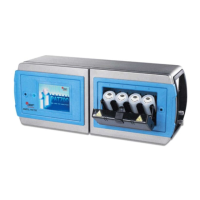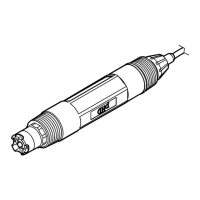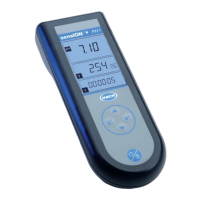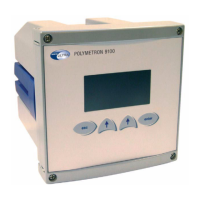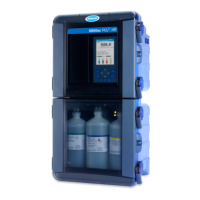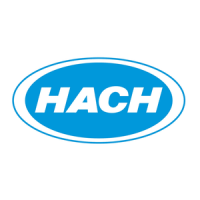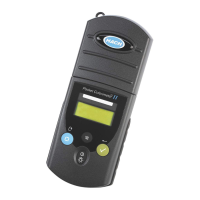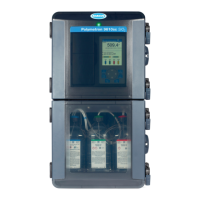What to do if the bottle installed in the Hach PAT700 Measuring Instruments has expired?
- JjonesjosephAug 17, 2025
If the bottle installed in the location has expired, replace it with the correct standard.
What to do if the bottle installed in the Hach PAT700 Measuring Instruments has expired?
If the bottle installed in the location has expired, replace it with the correct standard.
What to do if the bottle installed in Hach PAT700 is marked as used?
If the bottle installed in location is marked as used, replace the bottle with the correct standard.
What to do if there is not enough fluid in bottle in Hach PAT700?
If there is not enough fluid in the bottle to complete the operation, fill the bottle with sufficient fluid so that the analyzer does not abort the operation and return to its normal operating mode.
What to do if the excursion bottle is not empty in Hach PAT700 Measuring Instruments?
If the excursion bottle is not empty, replace it with an empty bottle.
What to do if the bottle test was canceled because there is an expired standard bottle in the Hach PAT700?
If the bottle test was canceled because there is an expired standard bottle in the bottle bay, replace the expired standard bottle.
What to do if one lamp is weak or has failed in Hach Measuring Instruments?
If one lamp is weak or has failed, replace the lamp.
What to do if the bottle test was cancelled by the user in Hach PAT700 Measuring Instruments?
If the bottle test was cancelled by the user, restart the bottle test.
What to do if incorrect bottle detected in position X in Hach PAT700 Measuring Instruments?
If an incorrect bottle is detected in position X, examine and change the bottle as necessary.
What to do if 500 ppb standards took longer than expected to oxidize in Hach PAT700 Measuring Instruments?
If one or more of the 500 ppb standards took longer than expected to oxidize, clean the cell.
What to do if standards bottle has a incompatible RFID tag in Hach PAT700 Measuring Instruments?
Use a compatible RFID tag for the standards bottle.
Information on hazards, precautions, and important safety symbols used in the manual.
Covers wiring safety, quick-connects, power, and output connections.
Covers safety hazards and requirements for connecting the instrument to a power source.
Instructions for connecting the instrument to the water supply and drain.
Initial steps to power up, set flow rate, and select operating mode.
Instructions for calibrating TOC and conductivity measurements.
Enabling security, setting passwords, and managing user accounts.
Recommended maintenance tasks and cleaning procedures.
How alarms are indicated, error codes, critical errors, and warnings.
Information on hazards, precautions, and important safety symbols used in the manual.
Covers wiring safety, quick-connects, power, and output connections.
Covers safety hazards and requirements for connecting the instrument to a power source.
Instructions for connecting the instrument to the water supply and drain.
Initial steps to power up, set flow rate, and select operating mode.
Instructions for calibrating TOC and conductivity measurements.
Enabling security, setting passwords, and managing user accounts.
Recommended maintenance tasks and cleaning procedures.
How alarms are indicated, error codes, critical errors, and warnings.
| Resolution (pH) | 0.01 pH |
|---|---|
| Detector | Silicon Photodiode |
| Resolution (Turbidity) | 0.01 NTU |
| Measurement Principle | Optical |
| Measurement Range (pH) | 0 to 14 pH |
| Temperature Range | 0 to 50 °C (32 to 122 °F) |
| Power Supply (pH) | 100-240 VAC, 50/60 Hz |
| Display | LCD |
| Light Source | LED |
| Method | Nephelometric |
| Operating Temperature (Turbidity) | 0 to 50 °C (32 to 122 °F) |
| Storage Temperature | -20 to 60 °C (-4 to 140 °F) |
| Power Supply (Turbidity) | 100-240 VAC, 50/60 Hz |
| Resolution (Optical) | 0.01 NTU |
| Response Time | <1 second |
| Power Supply (Optical) | 100-240 VAC, 50/60 Hz |
| Outputs | USB |
